Hi there, pet lovers! 🦎
Savannah Monitors (Varanus exanthematicus) are fascinating reptiles that have captured the hearts of many reptile enthusiasts. Known for their striking appearance, intelligence, and active nature, these lizards are often considered one of the most iconic monitor species. However, they are not for everyone. In this detailed review, we’ll explore everything you need to know about Savannah Monitors, from their temperament and care requirements to their costs and availability. Whether you’re considering adding one to your family or just curious about these incredible creatures, this guide will help you make an informed decision.
Overview
Savannah Monitors are medium-sized lizards native to the savannas and grasslands of sub-Saharan Africa. They are known for their robust build, powerful limbs, and distinctive patterns. While they are undeniably captivating, they come with significant challenges that make them unsuitable for most pet owners. Here’s a quick summary of what makes them stand out:
- Handling and Temperament: Challenging to handle, often aggressive, and require expert-level training.
- Care and Maintenance: High-maintenance, requiring a large enclosure, specific humidity and temperature conditions, and a specialized diet.
- Health and Durability: Prone to health issues, especially when improperly cared for.
- Availability: Widely available as imports, but captive-bred individuals are rare and expensive.
- Cost: High upfront and ongoing costs for enclosure setup, feeding, and maintenance.
Overall: Savannah Monitors are incredible reptiles but are best suited for experienced keepers who can meet their demanding needs.

Why Choose a Savannah Monitor?
Savannah Monitors are ideal for those who are passionate about large, intelligent reptiles and have the experience, space, and resources to care for them properly. They are active, curious, and can form bonds with their owners when handled consistently and correctly. However, their high-maintenance nature and potential for aggression make them a poor choice for beginners or casual reptile enthusiasts.
Handling and Temperament
Savannah Monitors are not known for being easy to handle. While some individuals can become relatively tame with consistent training, they are naturally aggressive and defensive, especially during their juvenile and adolescent stages.
Personality Variations
- Juveniles: Often skittish and prone to biting, scratching, or tail-whipping.
- Adults: Can become calmer with proper socialization, but some may remain aggressive.
- Training: Requires patience and expertise. Positive reinforcement and regular handling from a young age can help build trust.
Handling Tips
- Gentle Approach: Always handle them calmly and avoid sudden movements.
- Tail Awareness: Unlike some lizards, Savannah Monitors do not drop their tails, but they can still use them as a defensive weapon.
- Safety First: Wear gloves and long sleeves to protect against scratches and bites.
Biting and Aggression
Savannah Monitors have strong jaws and sharp teeth, and their bites can be painful and cause injury. While they may not bite frequently, their defensive nature means that handling always carries some risk.
Overall: Savannah Monitors are not beginner-friendly when it comes to handling. They require experienced keepers who understand their behavior and can manage their defensive tendencies.
Care and Maintenance
Savannah Monitors are high-maintenance pets with specific care requirements. Meeting these needs is essential for their health and well-being.
Enclosure Setup
- Size: A Savannah Monitor needs a massive enclosure, ideally the size of a small room. A minimum of 8 feet by 4 feet is recommended for an adult.
- Climbing Space: While they are primarily ground-dwelling, they enjoy climbing on rocks and branches.
- Substrate: Use a deep, moisture-retentive substrate like a mix of topsoil and sand. This allows for burrowing, which is a natural behavior.
- Hiding Spots: Provide multiple hides to help them feel secure.
Humidity and Temperature
- Humidity: Maintain moderate humidity levels (50-60%) to support shedding and overall health.
- Temperature: Provide a basking spot of 100-120°F and a cooler area around 80°F. Nighttime temperatures can drop to 70-75°F.
- Lighting: UVB lighting is essential for calcium metabolism and overall health.
Feeding
- Diet: Savannah Monitors are carnivorous and require a varied diet of insects (e.g., crickets, roaches), lean meats, and occasional whole prey (e.g., mice). Avoid high-fat foods like dog food, which can lead to obesity and health issues.
- Supplements: Dust food with calcium and vitamin D3 supplements to prevent metabolic bone disease.
- Feeding Schedule: Juveniles should be fed daily, while adults can be fed every other day.
Cleaning and Maintenance
- Spot Cleaning: Remove waste and uneaten food daily.
- Deep Cleaning: Clean and disinfect the enclosure monthly to prevent bacterial growth.
Overall: Savannah Monitors require a significant investment of time, space, and resources to meet their care needs.
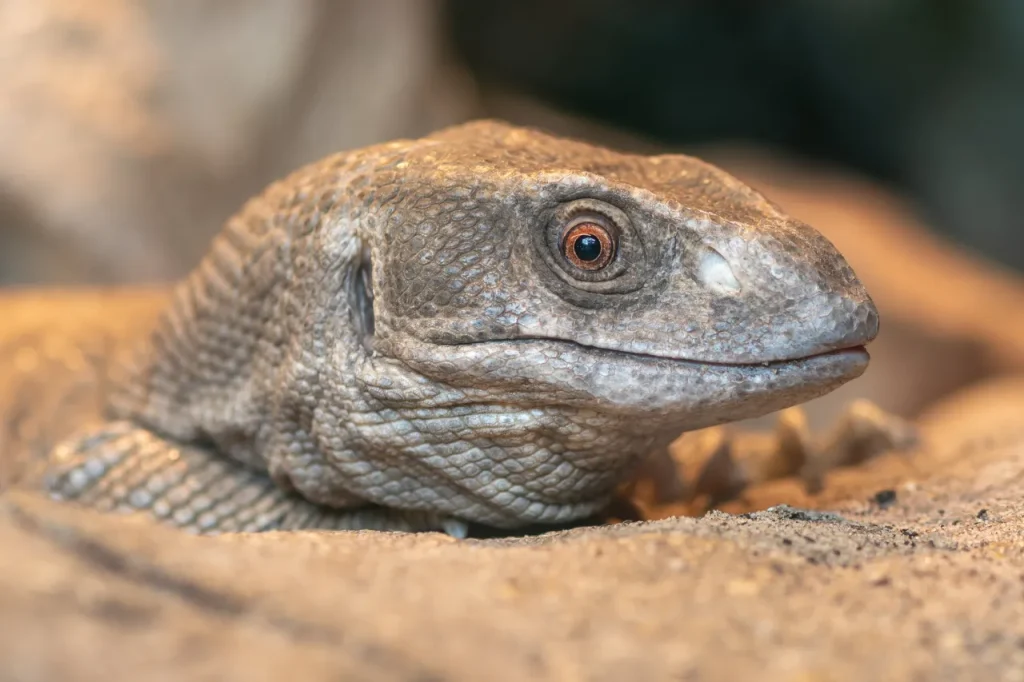
Health and Durability
Savannah Monitors are hardy when properly cared for, but they are prone to several health issues, especially when their needs are not met.
Common Health Issues
- Obesity: Often caused by a high-fat diet and lack of exercise.
- Fatty Liver Disease: A serious condition linked to poor diet and obesity.
- Respiratory Infections: Caused by improper humidity or temperature levels.
- Parasites: Common in wild-caught or imported individuals.
Preventative Care
- Proper Diet: Feed a balanced, low-fat diet and avoid overfeeding.
- Regular Vet Checkups: Find a reptile-savvy veterinarian for routine health checks.
- Clean Environment: Maintain a clean enclosure to reduce the risk of infections.
Overall: With proper care, Savannah Monitors can live 10-15 years or more, but their health depends heavily on their environment and diet.
Availability and Cost
Savannah Monitors are widely available, but their quality and origin can vary significantly.
Where to Buy
- Breeders: Captive-bred individuals are the best option but are rare and expensive.
- Reptile Expos: A good place to find healthy specimens and connect with breeders.
- Pet Stores: Often sell imported individuals, which may come with health issues.
Cost
- Initial Purchase: $30 to $100 for imports; $200 to $500+ for captive-bred individuals.
- Enclosure Setup: $500 to $1,000+ for a proper enclosure, lighting, and heating.
- Ongoing Costs: High food costs due to their large appetite and need for variety.
Overall: Savannah Monitors are not a budget-friendly pet. Their initial and ongoing costs can be substantial.
Pros and Cons
Pros
- Fascinating and intelligent reptiles.
- Can form bonds with their owners.
- Active and entertaining to watch.
Cons
- High-maintenance and expensive to care for.
- Prone to aggression and difficult to handle.
- Require a massive enclosure and specialized diet.
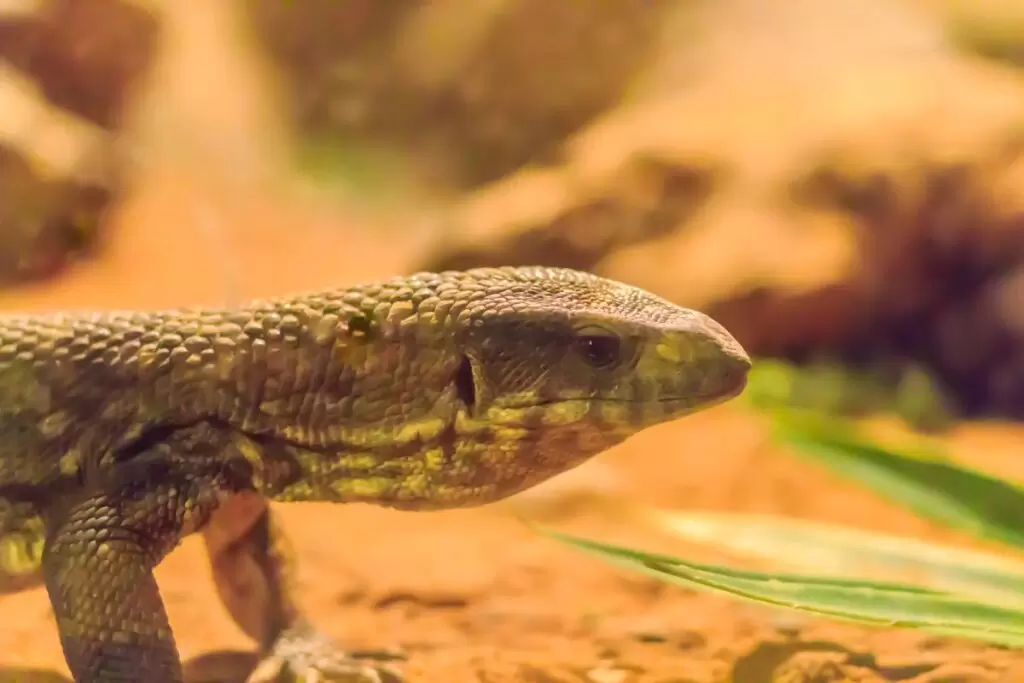
Final Thoughts
Savannah Monitors are incredible reptiles that offer a unique and rewarding experience for experienced keepers. However, their demanding care requirements, potential for aggression, and high costs make them unsuitable for most pet owners. If you’re considering a Savannah Monitor, we strongly recommend thorough research and preparation to ensure you can provide the care they need.
For those who are not ready for the commitment, there are other large lizards, such as Argentine Tegus or Ackie Monitors, that may be more manageable.
Have you owned a Savannah Monitor? Share your experiences and tips in the comments below! We’d love to hear how you care for your monitor and what makes them special to you.
For more reptile care tips and reviews, stay tuned to our blog and don’t forget to subscribe to our newsletter! 🦎



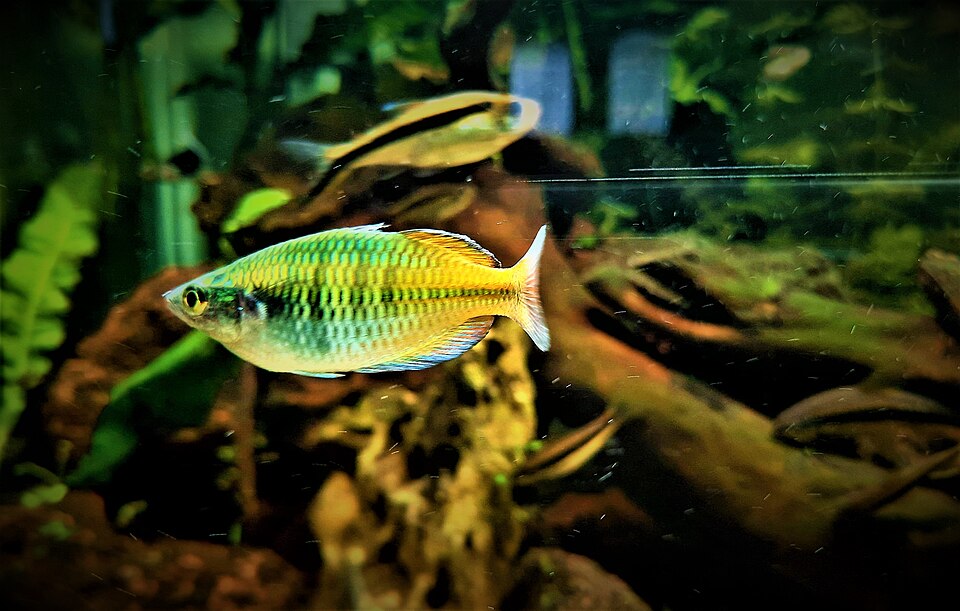
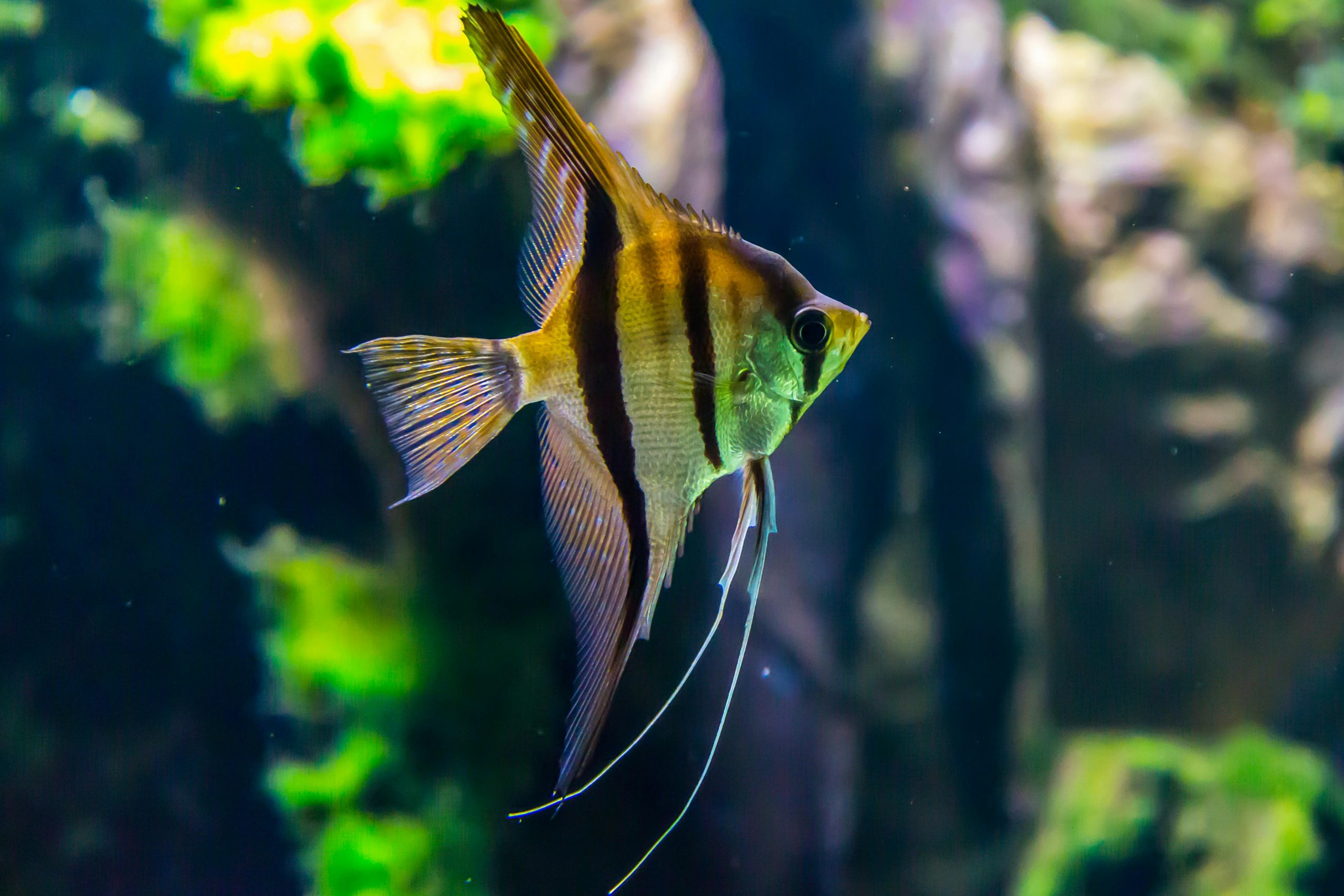
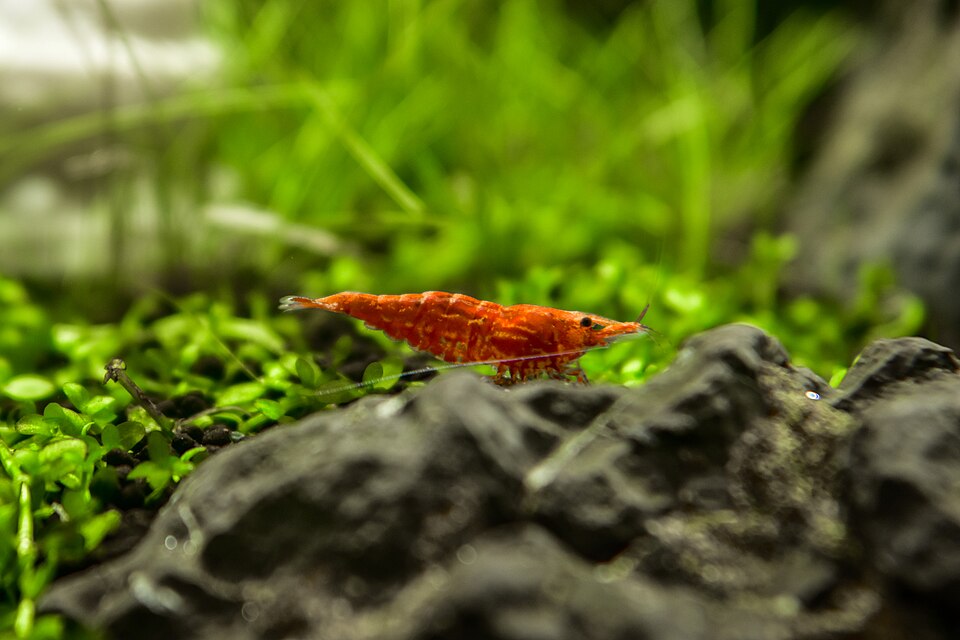

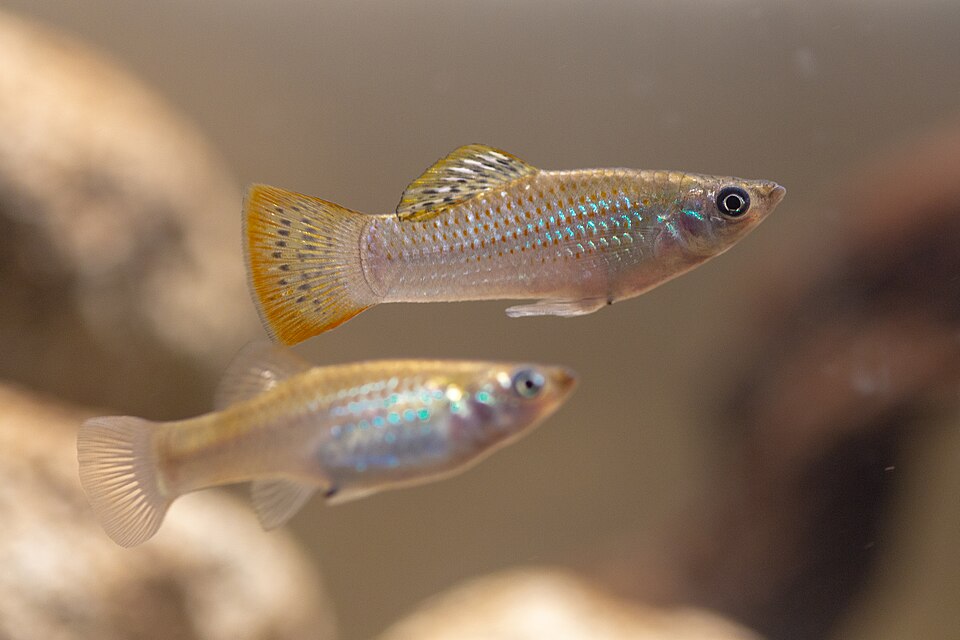
Leave a Reply